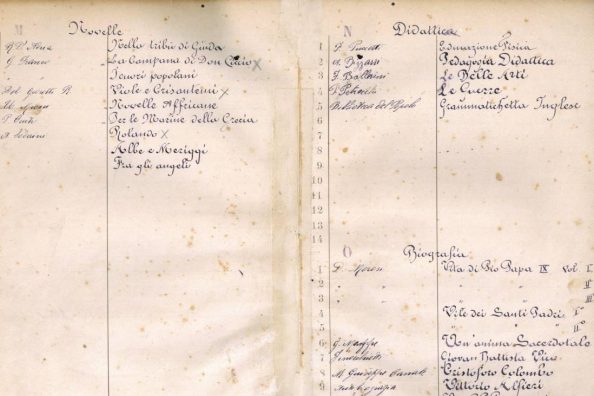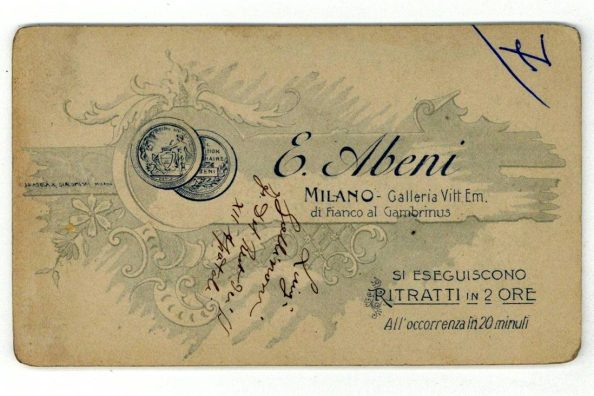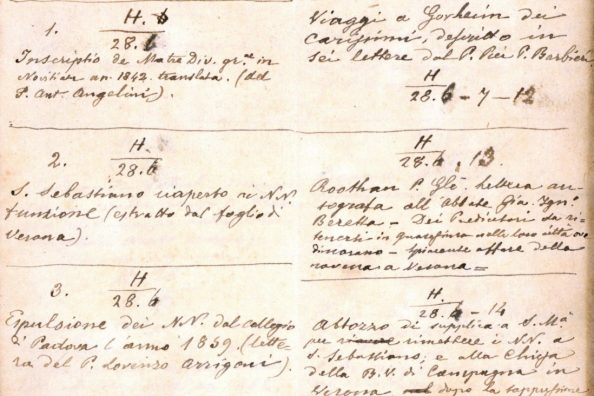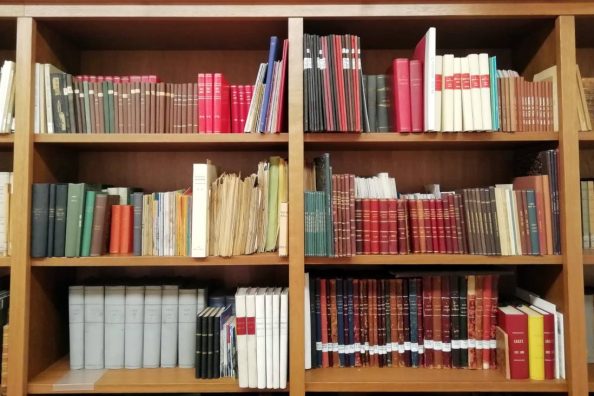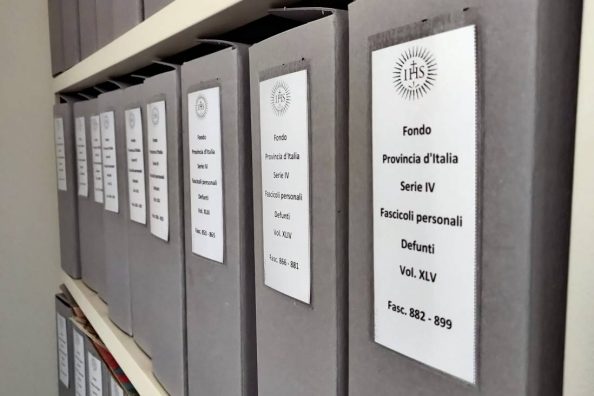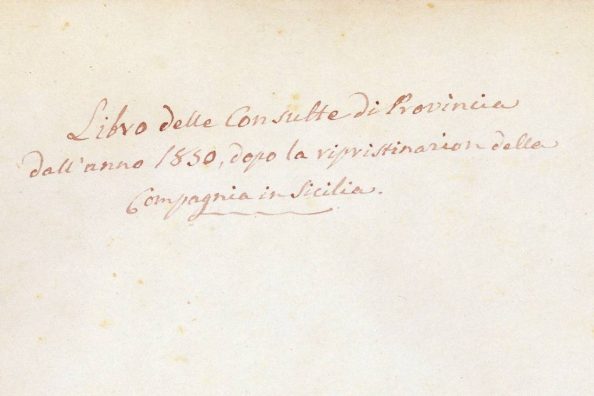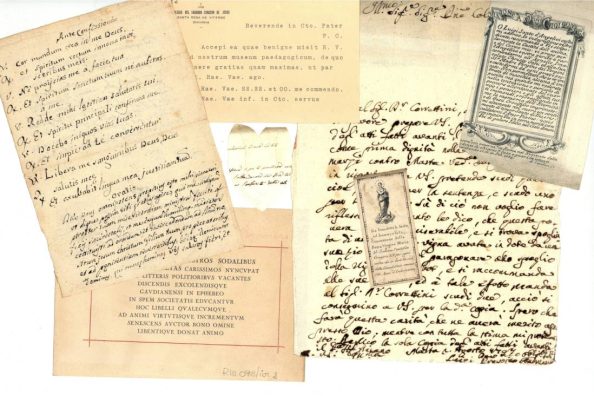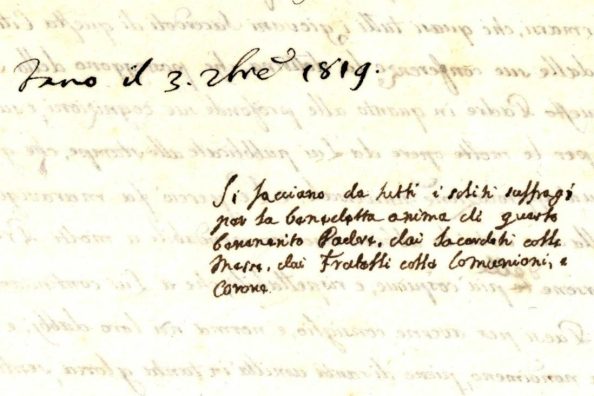A church for the Apostleship of Prayer
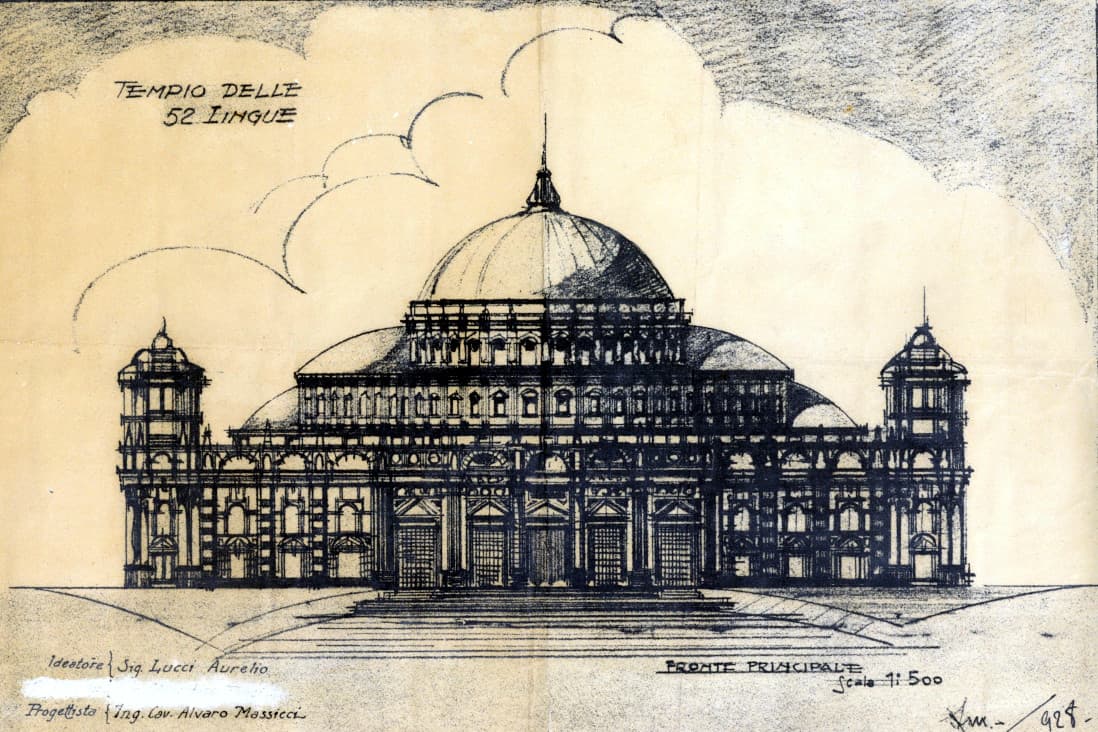
The church we see in the photograph and whose magnificence we can sense, does not actually exist and has never existed. Today’s column tells the story of an idea, or rather “a beautiful dream”, as its author defines it. In the fund of the Apostleship of Prayer there is a small nucleus of documents: three letters and some drawings, including a plan of a church whose large proportions can be guessed.
The story of an idea
It is not a mere architectural exercise for a degree course, but the proposal of a believer for the construction of a large church, he defines it as ‘the international temple of the Apostolate of Prayer or of the 52 languages’.
It is 1928 and Aurelio Lucci, a tram driver particularly devoted to the Sacred Heart and a member of the Apostleship of Prayer, has this great and ambitious dream: the construction of a great church dedicated to the Apostleship of Prayer and representative of all Christianity.
He did not just dream about it or sketch out a design, he had already planned many other things: the church would be built in Rome, in the Pineta Sacchetti area.
The building would have been 252 metres long, 152 metres wide; the complex would have been divided into seven parts: the church, a convent, a cinema-theatre, a hotel, a school of 52 arts and crafts, and low-cost housing for tram drivers. The church was to be all travertine, circular in plan, with no less than three domes, a colonnade consisting of 52 doves, and a total height of 80 metres.
There were to be some specific rooms, about 26 assigned to the representation of religious orders, so that their respective members, on pilgrimage or passing through Rome, could find there a temporary residence or a place for their studies.
Lucci also had different ideas about the financing of the work and believed that the tramvieri should have the honour, together with their children, of being the custodians of the church.
The letters to the Pope and Fr General
We know all this thanks to Aurelio Lucci himself, who wrote a letter to the Pontiff, which is in the file and probably never sent.
It was the Pope himself, indirectly, who had inspired him, the tramman in fact recalls at the beginning of his letter what the Pontiff said on 3 December 1922 when meeting about two thousand members of the Adp: “the Apostolate of Prayer has no barriers either of continents or of race, with a thought, with an act it embraces the whole world, all humanity.
Lucci gives form to the Pope’s words through the colonnade in the project; the plan and design bear both Lucci’s name and that of the designer, engineer Alvaro Massicci.
The quick exchange of letters between Fr General, Ledóchowski, and Fr Aloisi Masella, director of the Apostolate of Prayer at the time, tells us that the tramman’s proposal cannot be accepted.
P. Masella wrote to Fr General that he had tried to dissuade the faithful from the idea and that “I will come back again to recommend tranquillity to the unbridled imagination of the good tramman”.
The imagination and the strength of this idea were not translated into the realisation of the building, but they have found a place in our archives and in our address book and we hope that they can be researched by researchers.
Maria Macchi

